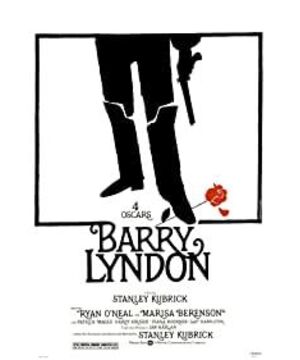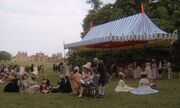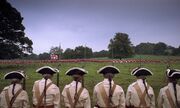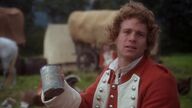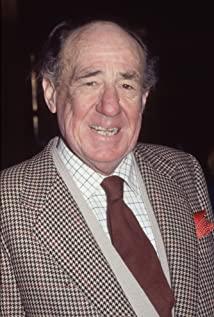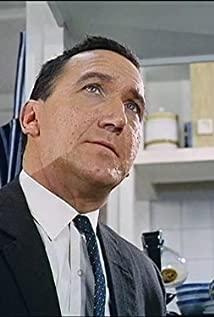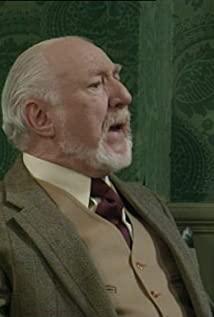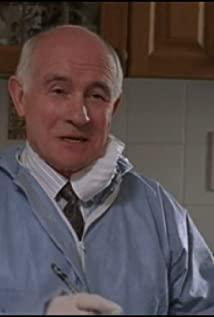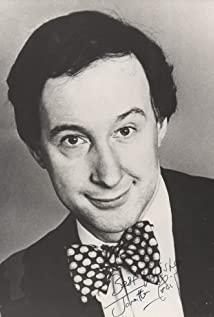An epic anti-hero drama
Although the whole drama was filmed according to the standards of the Epic Bureau, the plot is anti-hero: Barry won the duel with his rival, but did not win the love; Barry survived the war, but the fame and fortune were lost. , Losing his best friend also loses the freedom of life; Barry finally gained wealth and status through fraud and abduction; and the love for Lady Lyndon started from the moment they kissed and ended, because of the silence between them. Aphasia means that the two have no sustainable basis for love; Barry's love for his son and mother is a rare true feeling in his play, but in the end this love brought him to destruction.
The critical logic of this film and "Eye-Opening" 20 years later is consistent: no matter what age, class is everywhere, the glory and wealth of the middle and lower class people in the struggle to the upper class is just a flash in the pan, when they are in In the high-class social and living environment, you will only be at a loss. Like Dr. Bill, you may not even be able to spend a night of party safely. So it can be considered that the whole film of "Eye Opener" is a response to "they are all equal now" in the ending subtitles of "Barry Lyndon": even at the end of the twentieth century, class differences are still insurmountable.
Of course, what Barry is better than Doctor Bill is that he has a full chance of being officially promoted to the upper class, such as removing the eldest son Bryan early, or at least shooting Bryan in the final duel instead of shooting him to the ground. But he cannot be as cruel and ruthless as other upper-class people. He still has inner glory and guilt for lady lydon. This is also the place where humanity shines in this film.
An anti-climax technology show
In all fairness, the plot of this film is slightly flatter than Kubrick's other works, and the overall mood is restrained and even somewhat indifferent. Therefore, during the three-hour viewing process, the basic film techniques such as soundtrack, costume and photography have become the biggest attraction of the film.
photography:
Kubrick wanted to achieve "the way we see things" in this film, but because there were no electric lights in the 18th century, only dim oil lamps and candles, this brought great difficulty to the film’s photography, because traditional movies The aperture of the lens is not large enough, and the exposure is not fast enough. In the case of pure natural light, a clear and stable picture cannot be obtained.
Kubrick's solution was to find a camera lens with a larger aperture. Zeiss originally designed a set of 10 large-aperture camera lenses for NASA satellites. Kubrick transformed the 50mm f0.7 lens into a movie lens, which perfectly solved the problem of exposure under weak natural light.
But new problems have also followed. The aperture is too large and the depth of field is very shallow. If the actor moves back and forth a little bit, it may be out of focus. Therefore, the photographer Alcott can only preset the actor's image through the monitor. Scope of activity.
In addition, everyone who plays photography knows that although the maximum aperture is fast and suitable for low-light environments, it is not satisfactory in terms of clarity and the picture quality will be a bit fleshy, but this creates a wonderful sense of oil painting under indoor candle light.
clothing:
The design of all clothing is based on the styles that appeared in the art works of the 18th century, which not only conforms to historical facts, but also fully reflects the aesthetics of the time. In the production process, the production method of the clothing in the museum was also referred to. Because "the clothes that are made to look as good as the inside of the painting must follow the production process at the time."
View more about Barry Lyndon reviews


